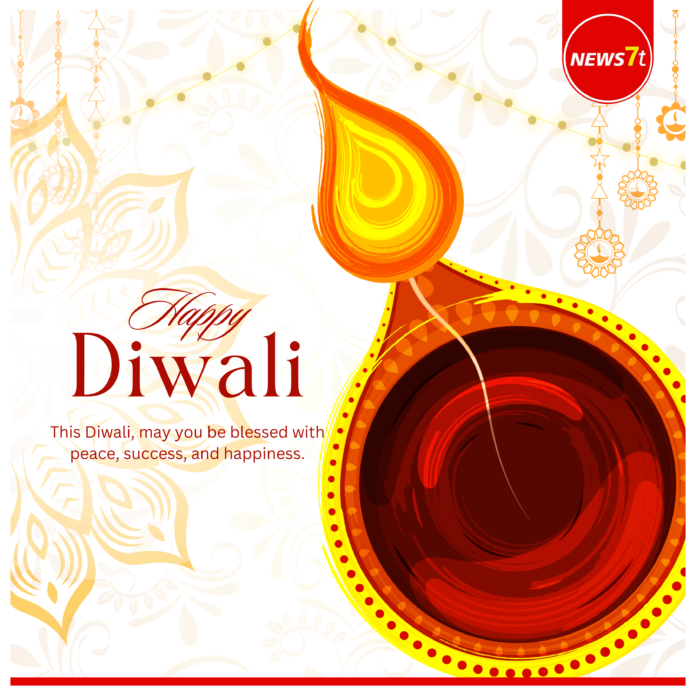Choti Diwali, or Naraka Chaturdashi, is celebrated on the eve of the actual Diwali festival. This day bears profound significance in Hindu culture, epitomizing the triumph of good over evil and consequently the purification of the soul. Celebrated with rituals, prayers, and lighting diyas (oil lamps), Choti Diwali takes away the chill and welcomes the light and joy into homes across India. Apart from cleaning and decorating the houses, the tradition involves preparing sweets and celebrating with friends and family.
Here’s an overview of what Choti Diwali means, a bit of its history, and how it is celebrated, along with the many ways one can spread the festival spirit to others.
The Meaning and History of Choti Diwali
Naraka Chaturdashi rests on centuries old Hindu mythologies. It is on this day, when Lord Krishna conquered the demon Narakasura, who had been terrorizing the heavens and the Earth. The demon Narakasura had imprisoned 16,000 women, and their release assured a return of order into the cosmos after Lord Krishna killed him. This victory symbolizes the triumph of light over darkness, purity over impurity, and good over evil.
Choti Diwali is thus symbolic for washing all negativity and darkness away from our lives, thus paving the way for positivity and spiritual light. It is celebrated differently across regions, conducting various traditional rituals in association with it in different states.
Rituals and Traditions Done During Choti Diwali
Oil Bath Ritual:

The oil bath ritual is another Choti Diwali tradition, which is believed to cleanse the soul and wash away toxins. People would take a bath using either sesame oil or herbal pastes to clean themselves for purification. Families would come together early in the morning for this holy bath, which was perceived as cleansing from negativity and a fresh beginning.
The Lighting of diyas:
The diyas are lit in homes, on balconies, and in temples to bring in good lighting into one’s life. It is said that the lighting of a diya on Choti Diwali expands the opening to prosperity and happiness for the arrival of the main Diwali celebration, which comes the day after Choti Diwali.
By lighting the diyas, one symbolizes light, hope, and new beginnings, and they are placed strategically in every corner of the house to fill them with brightness.
The Making of Rangoli:
Drawing rangoli is yet another enjoying part of Choti Diwali. Rangolis are very intricate patterns created with colored powders or flowers, typically located at the entrance of homes, inviting the positive in and scaring the negative energies away.
It is believed that making a rangoli brings good luck and is also an artistic way of celebrating beauty.
Preparations of Sweets and Special Dishes:
Choti Diwali is what initiates the preparation of sweets, along with making traditional bites like laddoos, karanji, and barfi. Families gather to prepare and share the treats, which adds a sweet touch to the festival.
Sharing sweets with neighbors and friends bespeaks spreading sweetness and joy in the community.
Celebrations Across India: Aspects-Rich Differences
Maharashtra:
Choti Diwali in Maharashtra is celebrated by preparing festive dishes like “poha” and sweets like “ladoo” and “karanji.” It is also customary for families to share sweets and gifts with loved ones.
Southern India:
In parts of Southern India, Naraka Chaturdashi is celebrated as the main day of Diwali. People wake up early to perform the oil bath ritual, wear new clothes, and offer prayers to deities like Lord Krishna since it is believed that he defeated Narakasura on this day.
Northern India:
In the north, considered largely a batter-companied by a period of preparation and usual rituals for many, Choti Diwali is something a bit quieter before the main Diwali held the following night. People still continue to light the diyas, perform the poojas with a special call to welcome nature and deity, and prepare for the main celebrations.

